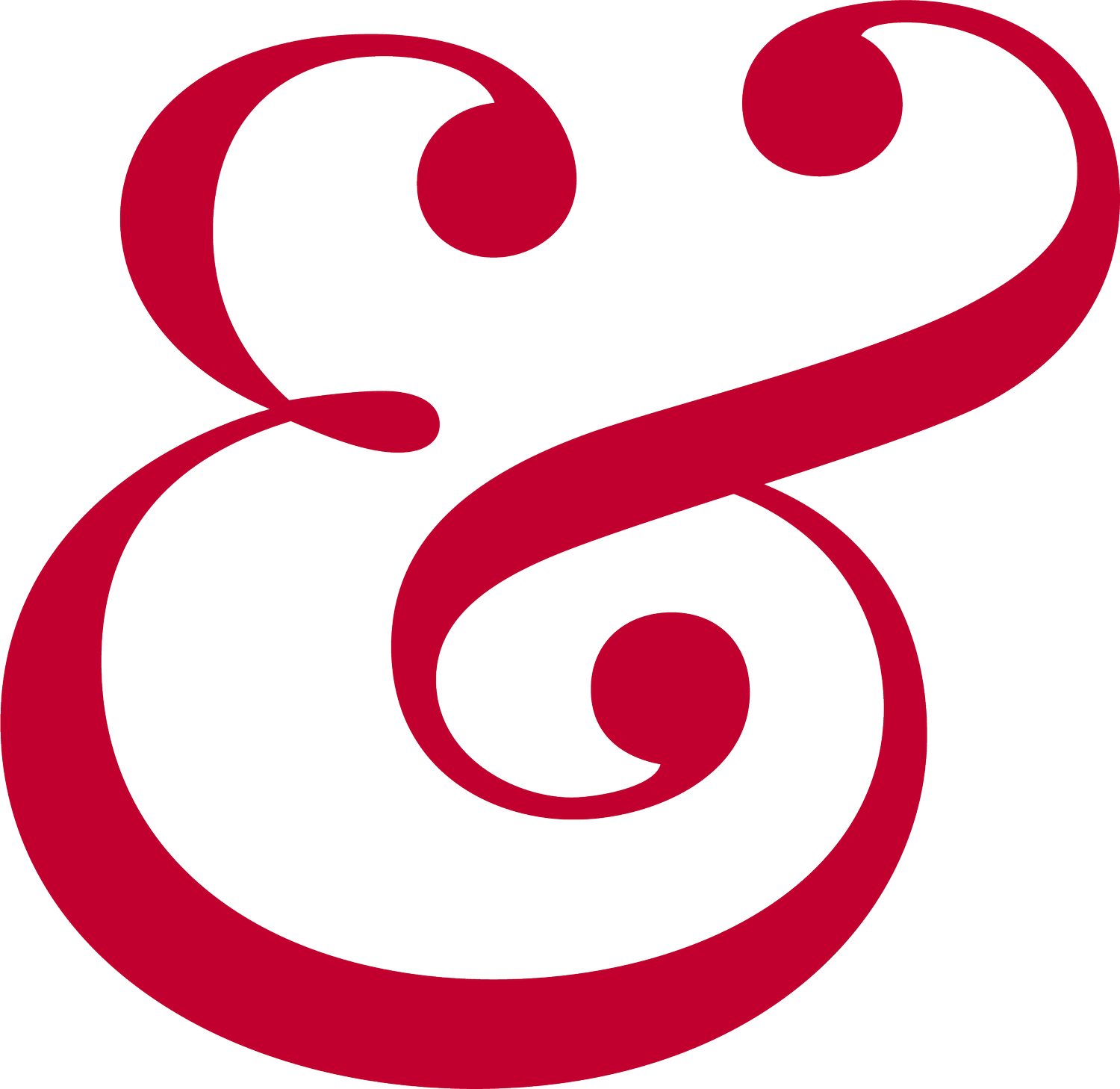Transformational Beauty in Design
The pursuit of beauty, once a universal aspiration, collapsed at the beginning of the 20th century: many designers and artists now avoid it in order to not have their work labelled as decorative or commercial.
The main misconception is that beauty is old-fashioned, embarrassing or not a respectable goal for today’s creatives. Stefan Sagmeister & Jessica Walsh believe this rejection of beauty is utterly stupid and demonstrate it in their book.
“Beauty means reaching beyond what works or what is simply pretty.
Beauty is the dose of humanity that makes our lives better.
Beautiful works are not only more joyful, they also function much, much better.”
Beauty can transform us: it can change how we feel and how we behave. When a public space becomes neglected, littering and vandalism rise. So the next question arises: what happens when a space gets beautifully transformed?
The High Line
An elevated track to carry cargo trains to Manhattan from the 1930s was left abandoned in the 80s, as industry left the city. Even though the site was destined for demolition, two community organisers founded Friends of the High Line, a non-profit conservancy, to advocate for its preservation and reuse as a public space.
In 2003 they organised an architectural competition and nowadays, the High Line stands as an elevated park that invigorated the neighbourhood, triggered billions in new construction and inspired the new buildings in the area to be more carefully considered. Nowadays littering is almost non-existent and even 2 years after its opening, no major crime had been reported.
Nonspaces and Junk Spaces
Even beautiful cities like Rome or Prague are filled with purely functional or industrial spaces. Why not fill these spaces with beauty?
Imaginative design can transform neglected spaces into joyous locations, where people actually want to spend time in or don’t mind passing through.
No More Billboards in São Paulo
The mayor imposed a near-total ban on outdoor advertising in 2007: billboards, building signs, flyers, ads on buses and taxis in the epicentre were forbidden or restricted.
Advertising companies opposed those measures, but they then realised they could organise painted murals for their clients. The murals, executed by local artists, are focused on a subject close to the advertisers’ area of commercial interest, but cannot feature brand names, logos, slogans, or depictions of products. Today, 70% of the population approves the ban.
Beauty in Design
Creativity is Essential
During the lockdown, galleries closed as they were not deemed 'essential', negatively impacting creative communities, but essential shops were allowed to open. Then Bombay Sapphire turned the Design Museum into a supermarket, so it could reopen despite pandemic restrictions.
Ten emerging artists were enlisted to turn essential items into artworks – all at supermarket prices, making art accessible to all.
The Soy Sauce Posters
Too much soy sauce can ruin a dish's flavour, too little and the natural flavour isn’t enhanced.
With this in mind, this campaign tapped a Gyotaku artist – or fish printer – to use just the right amount as ink on Washi paper to bring illustrations of food to life.
Ememem
To formalize its style and technique, Ememem invents the term of «flacking», from the french word «flaque» (puddle), and flacking is commonly used today to designate this new "art of repairing holes".
His sidewalk plasters illuminate the wounds of the urban fabric, transforming defects into something that might spark a smile or two. They are part of daring street art and contemporary art while recalling the traditional Japanese kintsugi, the art of repairing while enhancing.
By Ainhoa Morales













